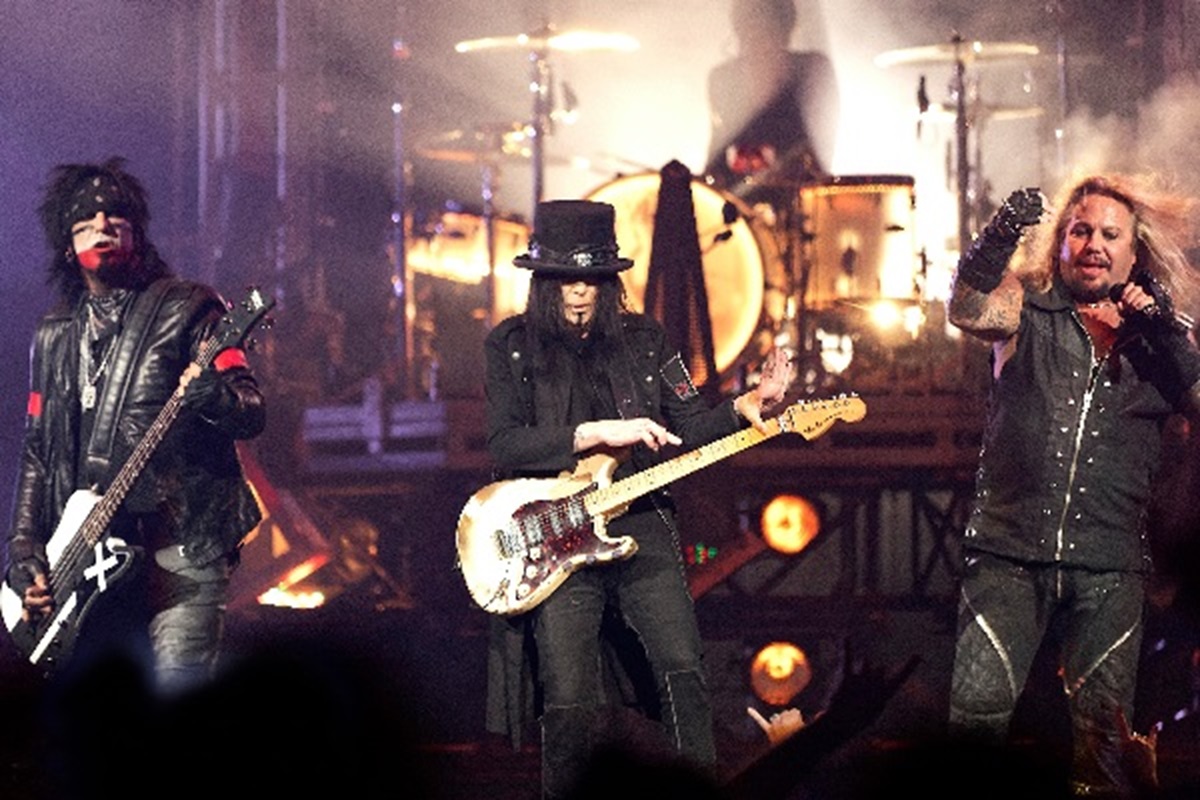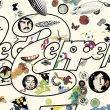Going Inside the Biggest Year for Hair Metal: 1985

Motley Crue – Story by Anne Erickson anne@audioinkradio.com, photo by Ken Settle
Go down memory lane with this look at what many consider the biggest year for hair metal: 1985
It’s tough to identify a single moment that perfectly captures the rich and tumultuous history of heavy metal, but 1985 certainly stands out as a significant year. This was a time when the genre was really starting to come into its own. In 1985, bands started to shed the experimental sounds of the ’70s and embracing a faster, more powerful approach to songwriting and performing. While heavy metal has a long and complex history, 1985 is definitely a year worth remembering.
From the 1970s Hard Rock to the 1980s Metal
By that point, the oh-so popular ’70s heavy rock titans had fallen out of favor, displaced by leaner upstarts. The new wave of British heavy metal had already washed up on American shores, bringing with it all of the style and finesse of Iron Maiden and Judas Priest, as well as the wilder and more lo-fi sounds of Motorhead and Saxon. Black Sabbath and Led Zeppelin launched their first reunion attempts. Iron Maiden, still riding high on the success of 1984’s triumphant “Powerslave,” were incredibly hot. Judas Priest, also, released their massive “Defenders of the Faith” in 1984. This all helped set the stage for the biggest year for hair metal.
On the west coast and on the airwaves, glam reigned supreme. The Sunset Strip buzzed with the electrifying guitar solos, daring spandex outfits, and gravity-defying hairstyles of bands like Poison, Motley Crue, Dokken and Cinderella. Meanwhile, Bon Jovi from New Jersey held their ground out east, and eventually, Guns N’ Roses would rise to become the ultimate rulers of the rock scene. (Of course, Guns N’ Roses aren’t really considered hair metal, but they’re still an important part of this era’s heavy music.) L.A. Guns and Hollywood Rose were once two of the most popular bands of the glam metal movement, but they both fell apart at the same time. However, from their downfall emerged Guns N’ Roses, featuring the fiery-haired Axl Rose and the hard-partying Slash.
The Thrash of the 1980s
While bands like Quiet Riot, Ratt, and Alice Cooper were basking in their well-deserved fame and enjoying mainstream success, a more rebellious and edgy movement was quietly brewing. The raw energy of early punk rock had already made its mark on the polished surface of metal years ago. This fusion of genres eventually solidified into a genre known as “crossover thrash.” By the time 1985 arrived, thrash metal had already gained significant momentum, thanks to the emergence of iconic bands like Metallica, Exodus, Megadeth, Slayer and Anthrax. Exodus released their revered masterpiece, “Bonded by Blood,” which is still celebrated today. Anthrax introduced their first album with the legendary Joey Belladonna as the vocalist, titled “Spreading the Disease.” Slayer unleashed their powerful album “Hell Awaits,” captivating the masses. Megadeth boldly debuted with “Killing Is My Business … and Business Is Good!,” while Metallica, with former member Dave Mustaine, were busy crafting the highly anticipated follow-up to “Ride the Lightning.” This album, known as “Master of Puppets,” would go on to become a pivotal moment in 1986.
Hair Metal Peak
But, back to hair metal, in its purest form. What makes 1985 the biggest year for hair metal? The albums. Just look at the glam metal albums that arrived that year. You’d be hard pressed to find any year with more huge, hooky hair metal records. Some of the highlights include Dokken with “Under Lock and Key,” Ratt with “Invasion of Your Privacy,” W.A.S.P. with “The Last Command,” Motley Crue with “Theatre of Pain” and KISS with “Asylum.” The following year, 1986, also brough some great glam metal releases with Cinderella and “Night Songs,” Poison and “Look What the Cat Dragged In,” Stryper and “To Hell with the Devil,” Bon Jovi and “Slippery When Wet” (although many would say this wasn’t really glam metal) and more.
Hair metal was a long musical movement, as the Sunset Strip ruled most of the ’80s. But, everything comes and goes in cycles, and by the end of the 1980s, it was obvious that something new was starting to take shape. Even though the Seattle sound and grunge didn’t break through until the release of Nirvana’s “Nevermind” album in 1991, by the end of the ’80s, there were shades of that grunge sound taking off. Bands such as Soundgarden and Nirvana had already released their first albums, and those were taking off in the underground. So, hair metal would soon fall by the wayside, but it was never gone for good, and it’s still a celebrated musical genre today. Find Audio Ink Radio’s feature on college rock songs that ruled during the hair metal era here.
Contract writer Anne Erickson at anne@audioinkradio.com.
- The Most Iconic Bands of the 1950s, 1960s and 1970s - September 5, 2025
- Staind Guitarist Mike Mushok – Exclusive Interview - September 2, 2025
- The ‘Big 4’ Bands of the Nu-Metal Genre - August 29, 2025






